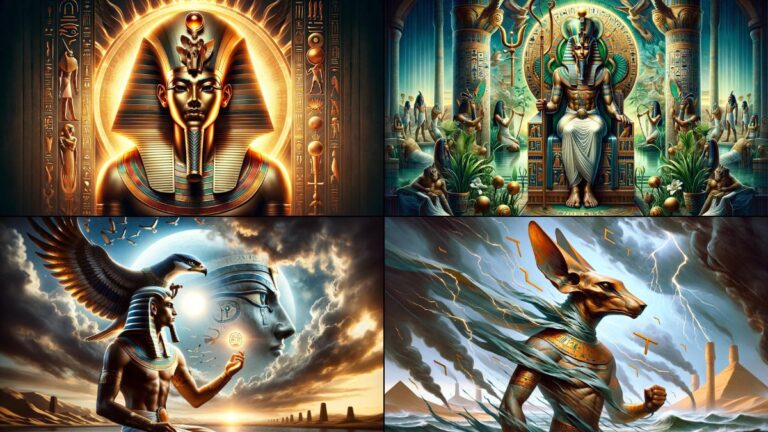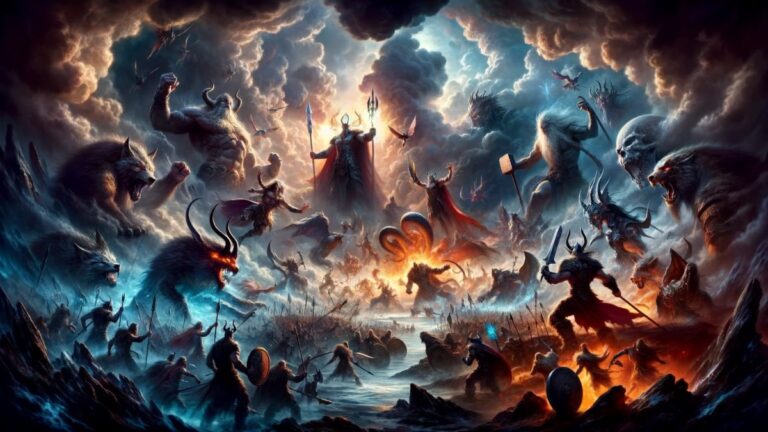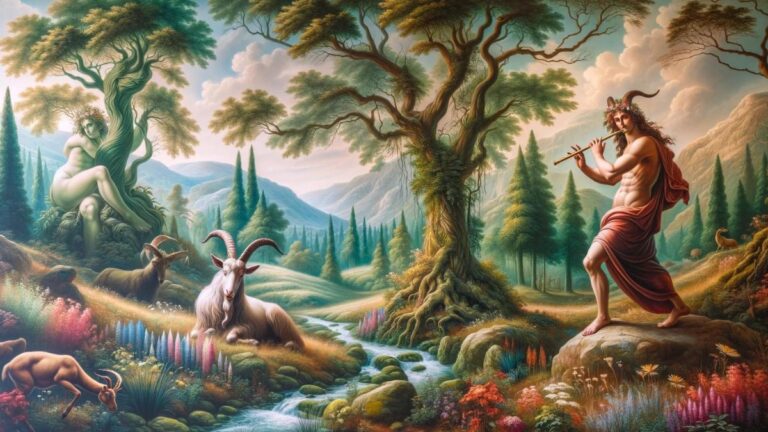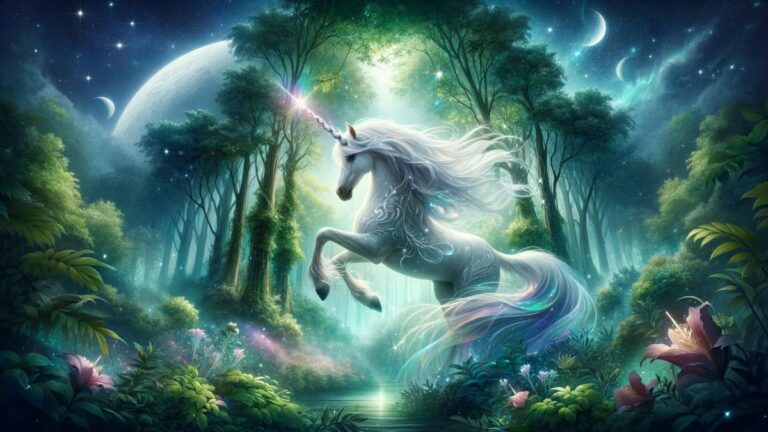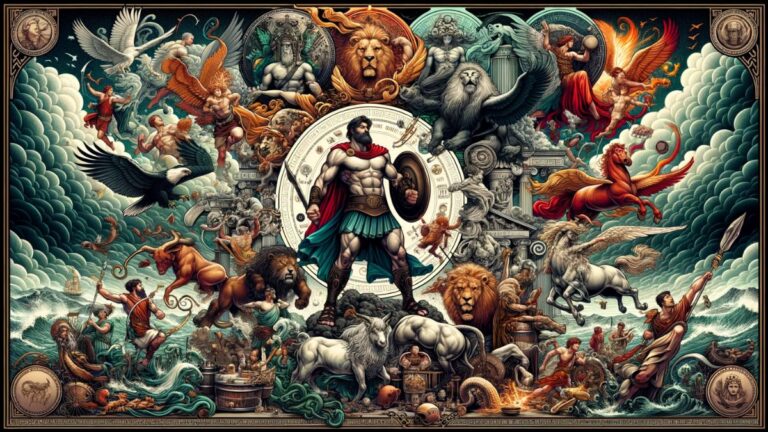Akuma Explained: Demonic Forces in Japanese Mythology
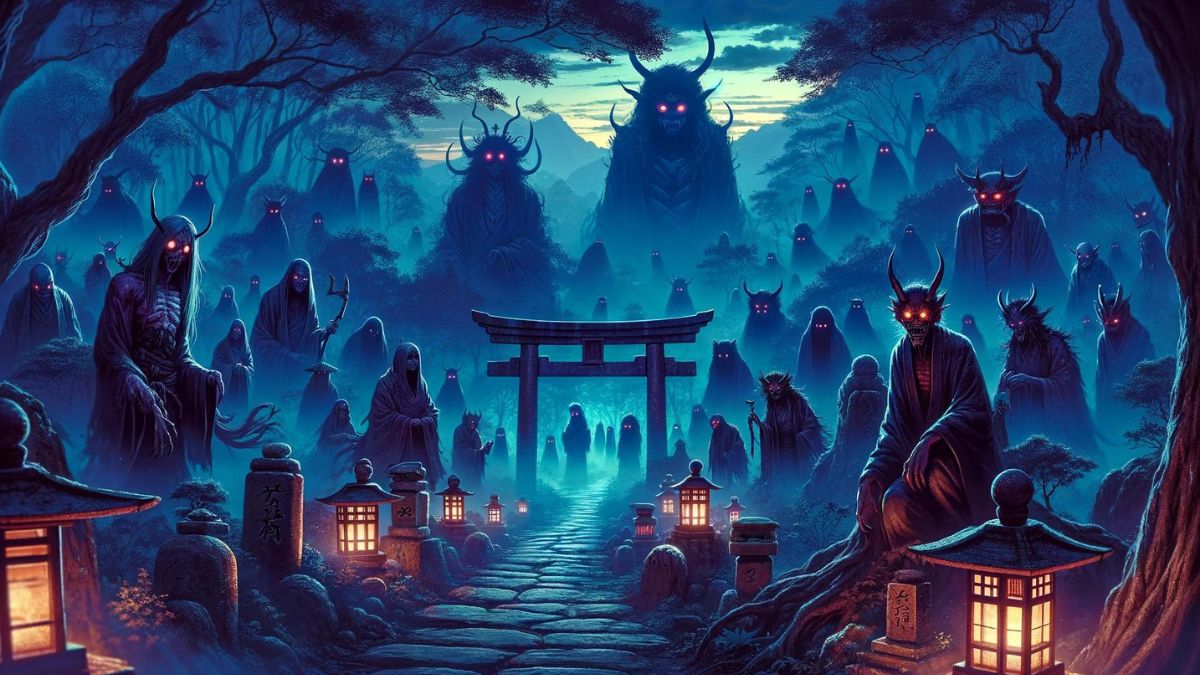
Akuma, or demons in Japanese mythology, are fascinating beings that have captivated people’s imaginations for centuries. They’re not just your typical bad guys; they come with a rich backstory and play a crucial role in various legends and folk tales. These creatures give us a peek into the fears and beliefs of ancient Japan, showing us how they saw the world around them and what they thought lurked in the shadows.
Origins of Akuma: Tracing the Roots
The story of Akuma begins deep in Japanese history, where these demonic beings first emerged in mythology and religious beliefs. They were often seen as malevolent spirits or gods who had fallen from grace, turning into entities that brought misfortune and harm. This transformation reflects the complex relationship between good and evil in Japanese culture, showing that even divine beings could have a dark side.
Ancient texts and scrolls depict Akuma as creatures with terrifying features, a mix of human and animal traits that symbolize their supernatural nature. Scholars believe these depictions were not just for scare tactics but served as a way to explain natural disasters and diseases, which were rampant and mysterious in ancient times.
The influence of Buddhism and Shintoism played a significant role in shaping the concept of Akuma. These religions introduced the idea of karma and the balance between purity and impurity, further enriching the lore of Akuma. Over time, these beings became entrenched in the moral and spiritual fabric of Japanese society, embodying the consequences of straying from the righteous path.
Types of Akuma and Their Powers
Akuma come in many shapes and sizes, each with unique abilities that make them formidable foes in myths and stories. Some are known for their physical strength, towering over humans and wielding immense power. Others are more cunning, using magic and deception to trick their victims.
One well-known type is the Oni, often depicted as large, ogre-like creatures with horns and wielding clubs. They’re the brutes of the Akuma world, feared for their strength and ferocity. On the other end of the spectrum are the Tengu, bird-like demons known for their skill in martial arts and ability to fly, often causing chaos and leading people astray with their trickery.
Kappa, another type, are water demons known for their mischievous behavior and penchant for challenging humans to sumo wrestling. Despite their smaller size, they possess a cunning intelligence and can be very dangerous, especially to those who underestimate them.
Akuma in Folklore and Legends
Japanese folklore is rich with tales of Akuma, each story serving as a moral lesson or a cautionary tale. These stories were passed down through generations, evolving with each telling but always keeping the core message intact: the battle between good and evil.
One famous legend tells of Momotaro, the Peach Boy, who battles Oni on a distant island, symbolizing the triumph of virtue and courage over malevolence. This tale is not just entertainment; it’s a reflection of the values and beliefs of Japanese society, emphasizing the importance of bravery and righteousness.
In another story, the Tengu are depicted as the protectors of the forests and mountains, showing that not all Akuma are inherently evil. These tales highlight the nuanced view of Akuma, portraying them as complex beings capable of both good and bad, much like humans.
The Role of Akuma in Japanese Culture
Akuma have a special place in Japanese culture, embodying the darker aspects of the human psyche and the natural world. They serve as a reminder of the balance between good and evil, and the constant presence of malevolent forces that can disrupt this balance. This concept is deeply ingrained in various cultural practices, art, and literature, reflecting the pervasive influence of these mythical beings.
In festivals like Setsubun, people throw beans outside their homes while shouting ‘Oni wa soto! Fuku wa uchi!’ (‘Demons out! Luck in!’). This ritual symbolizes the expulsion of evil and the welcoming of good fortune, showing how the idea of Akuma is woven into the fabric of everyday life. It’s a vivid example of how folklore and tradition can influence societal norms and practices.
Moreover, Akuma are often used as moral figures in stories and parables, teaching lessons about virtue, humility, and the consequences of one’s actions. They are not just figures of fear but also of education, helping to guide moral and ethical behavior through the tales that feature them.
Famous Akuma Stories and Their Impact
Famous stories about Akuma have left a lasting impact on Japanese culture and beyond, captivating audiences with their depth and moral complexities. The tale of Urashima Taro, for example, explores themes of time, temptation, and the consequences of one’s choices, with a turtle transforming into a beautiful princess, only to reveal a haunting truth. This story, like many others, uses the concept of Akuma to delve into deeper philosophical questions about life and existence.
The story of Shuten Dōji, a powerful demon leader who terrorized ancient Kyoto, is another example. The tale of his defeat by the legendary warrior Minamoto no Yorimitsu, also known as Raikō, and his four guardian kings, showcases the triumph of courage and righteousness over overwhelming evil, embodying the eternal struggle between good and evil.
These stories have been adapted into countless plays, literature, and artworks, influencing various forms of media and entertainment. They underscore the cultural significance of Akuma, showing how these mythical beings continue to inspire and teach lessons even in modern times.
How Akuma Influence Modern Media
The influence of Akuma extends well into modern media, where they are a staple in manga, anime, and video games, captivating audiences with their complex nature and intriguing backstories. Characters inspired by Akuma often possess a blend of villainy and virtue, making them some of the most compelling and relatable characters.
In video games, Akuma characters provide both formidable adversaries and powerful allies, offering players a rich narrative experience that delves into themes of redemption, power, and the struggle between light and dark. Games like ‘Ōkami’ and ‘Nioh’ are prime examples, where players encounter various Akuma, each with their own lore and significance within the game’s world.
Anime and manga frequently feature Akuma as central figures, exploring their origins, motivations, and transformations. Series like ‘Blue Exorcist’ and ‘InuYasha’ showcase the nuanced portrayals of Akuma, blurring the lines between hero and villain, and challenging viewers to reconsider their preconceptions about good and evil.
Protective Charms and Rituals Against Akuma
In response to the fear and awe that Akuma inspire, various protective charms and rituals have been developed over the centuries to ward off these malevolent beings. Omamori, for example, are amulets that provide protection and good luck, often inscribed with prayers and blessed by Shinto or Buddhist priests. They are commonly kept close or hung in homes and cars to keep Akuma at bay.
Shimenawa, sacred ropes adorned with paper streamers, are another form of protection. They are often found at the entrance of sacred spaces, signifying a boundary that evil spirits cannot cross. This physical marker serves as a spiritual barrier, safeguarding the space from the influence of Akuma.
Seasonal festivals and rituals, such as the previously mentioned Setsubun, are not only cultural events but also collective acts of exorcism, where communities come together to cleanse themselves of evil spirits. These rituals underscore the communal approach to dealing with the unseen and the importance of unity in the face of adversity.

